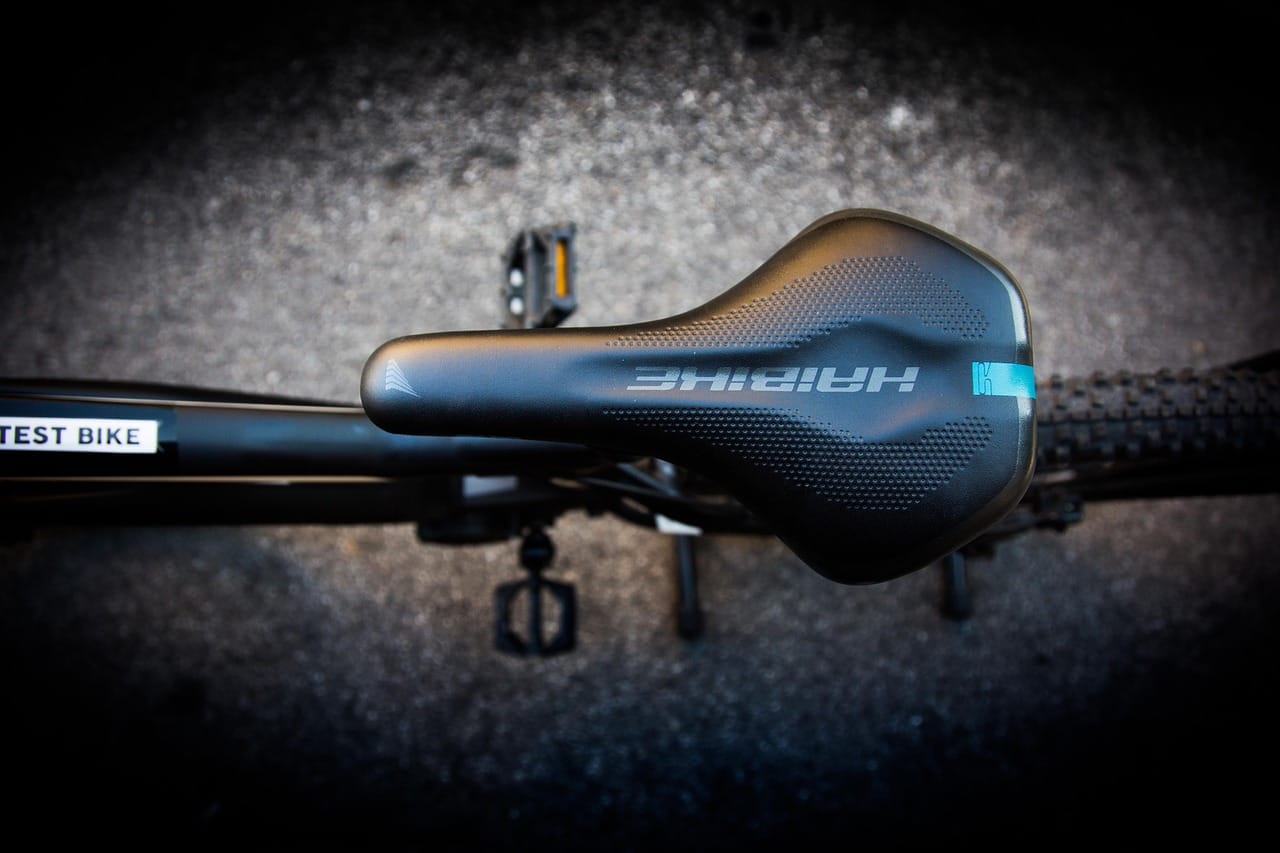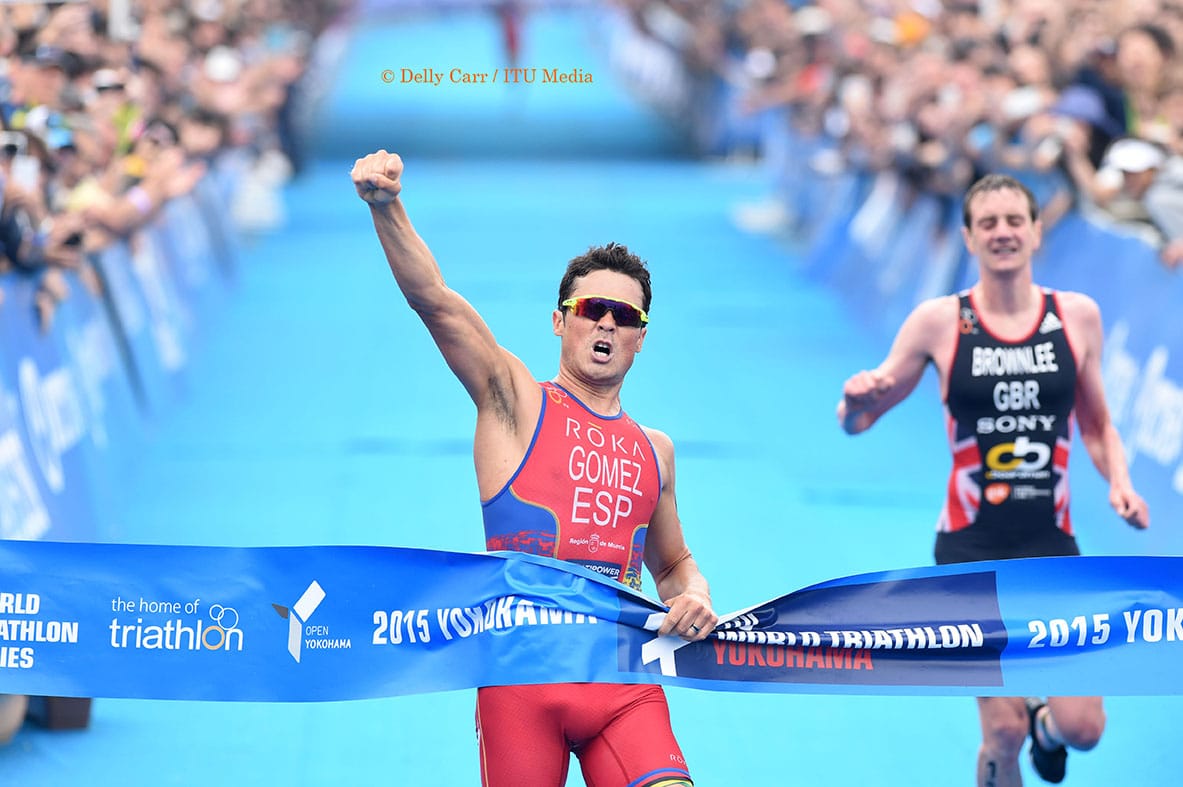Commonly, a reason for cramping in certain muscles is directly associated with an incorrect position or setup on the bike.
There are many reasons athletes cramp on the run during triathlon. Incorrect pacing and poor technique excessively load up muscles and contribute to debilitating cramps. Aware of this, athletes will focus on improving their technique, understanding their pacing and maybe incorporate weights or functional strength exercises as part of their training. These are all good approaches to preventing cramping; however, sometimes the reason isn’t even associated with the run itself. Sometimes a cramp is a net result of a fatigue or loaded muscle even before the run starts.
Commonly, a reason for cramping in certain muscles is directly associated with an incorrect position or setup on the bike.
An incorrect bike fit often manifests not on the bike itself, but during the run. And it is important to note here that a number of bike fitters are trained to fit cyclists with no expectations of the person tying on a pair of runners and running a marathon or a fast 10 kilometres. So, even athletes who have been ‘fitted’ may still be in an incorrect position for a triathlon. Similarly, fits that are based on aerodynamic position as a priority may not be appropriate for triathletes. An aero position that saves five minutes over 180 kilometres is of little value if the athlete is reduced to walking on the marathon. Walking for one kilometre immediately negates the time-saving.
So, what are some of the most common errors when it comes to bike fit for triathlon? Hint – you may be able to ‘reverse engineer’ this by looking at where you might cramp on the run as an indicator of where to look first on the bike.
Saddle too low (vastus medialis)
Having the saddle too low means that the first part of the drive to push the pedal down (where most cycling power is generated) comes from the muscle immediately above the knee – the vastus medialis (VM). While all muscles of the quadriceps are responsible for straightening the knee, the VM also has an important role in stabilising the knee and patella. So, while other muscles might be able to ‘switch off’ after the bike, the VM continues to work during the run. For people with poor run technique, this muscle is further loaded and the double whammy of a bad fit and poor technique is a common reason for this muscle ‘locks up’ during the run.
Saddle too high (calves)
This is where a dynamic fit (pedalling on the bike) is more important than a static fit (leg stationary). If a saddle is too low, it causes excess bending of the knee and one of the most common measures during any bike fit is knee angle (knee flexion). The logical thing to do, if the knee is too bent, is to raise the saddle. The issue here is that some people’s bodies are very stubborn and will resist this change.
A common occurrence I see when raising the saddle is that people compensate not by straightening the knee but by reaching down further with the foot – pointing the toes down to reach the pedal. In a proper bike fit, the angle of the ankle remains relatively constant. In the case of the athlete known as the ‘compensator’, the ankle angle changes markedly as the ankle plantar flexes to reach down. This range of movement is managed by the calves and a few other very small muscles, so they end up being activated 90 times a minute, resulting in a great deal of fatigue before starting the run. Again, if your run technique is poor and the athlete puts excess force through the calves (vertical oscillation), then this combination is a recipe for pain.
Saddle too far back (hip flexors)
Saddle set back is another area where triathlon fit differs from road bike fit. Some of this is due to geometry, but also due to trying to open up the hip flexors. A good bike fit should encourage hip rotation forward so as to open up the hips. Don’t confuse a low bike position with hip rotation. A good test I do with my clients is to have them stand with their back lightly pressed against a wall and try and touch their toes. People who rotate their hips can do this – people who bend from the lower back can’t as their butt extends backwards and pushes them away from the wall. Similarly, incorrect saddle position, including saddle angle, may allow people to feel like they are in a good tucked position but maybe bending at the lower back, which shortens the hip flexors, causing them to be ‘compressed’ and work in a shortened state.
There are many other bike position factors that impact the run – these are just some examples. Even seemingly inconsequential things like crank length and cleat position can come into play when it comes to the run. So, if you are scratching your head trying to solve a running issue, maybe look (or have a professional look) at what you are doing for the five to six hours before you even start the run.
As a final tip, many people use power as an indicator of a ‘good’ bike fit. It is not uncommon for power to decrease slightly immediately after a bike fit. However, this is often an indicator that certain muscles are no longer being engaged to the same extent. If these muscles, like the vastus medialis, are critical to the run, then this ‘loss’ is well and truly offset by the benefit of not being reduced to a long walk on the run.








